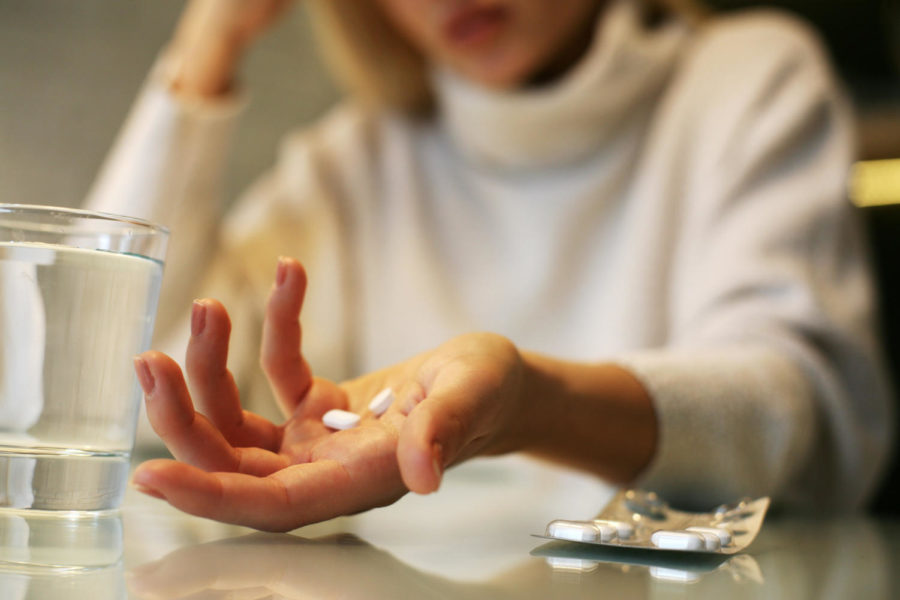Iowa State practices sustainable chemistry
November 26, 2017
Students and faculty in the Iowa State chemistry department are on a mission to help solve the problems involved with the production of pharmaceutical drugs in hopes to make the process more sustainable and environmentally friendly.
With the pharmaceutical industry growing larger and larger at an even more rapid rate in recent years, much is still unknown about the full extent both the health and environmental effects of these drugs.
That is why Iowa State assistant professor Levi Stanley, along with associate professor Wenyu Huang, have been working on a collaborative project with their students for the past two years in hopes of solving some of the major environmental hazards that come with manufacturing these types of drugs.
During the early stages of the project, former graduate students Ryan Van Zeeland and Xinle Li were interested in doing chemistry at the interface of both Stanley and Huang’s areas of expertise.
“Those two were really responsible for pushing the project forward,” Stanley said.
Both being experts in their field, two of the main goals for the project were to create a catalyst that can be recycled and reused multiple times, as well as a catalyst that can still perform the necessary chemical reactions while using organic or greener materials, such as water, as its primary solvent.
Being able to reuse and recycle the catalyst is important to Stanley because these catalysts are made using a variety of precious metals that are rare natural resources and are extremely expensive.
“A lot of the precious metals, there is a finite supply on earth, so if we just continuously use all of those up, at some point we aren’t going to be able to use those catalysts anymore,” Stanley said, “whereas with this approach you’re gonna be able to reuse the catalysts.”
Allowing the catalyst to perform in water is important to Stanley because using water gets rid of the need for an organic solvent. Using an organic solvent can be costly as well as harmful to the environment because the waste from the organic solvent needs to be burned after it is used.
Just by using water, this method can eliminate roughly 80 percent of the waste normally produced during a traditional reaction, Stanley said.
Stanley and Huang’s group is not the first to study this particular field of making greener and more sustainable catalysts for the pharmaceutical industry. However, the Iowa State group can lay claim to leading when it comes to making simple changes to the metal organic framework to increase the catalysts production yield.
“If we make these very small changes, we’ve shown that we can drastically improve the catalyst and so that is one of the design principles we use for the next generation,” Stanley said.
Although the project only focuses on the chemical processes behind making pharmaceutical drugs, this project will hopefully help eliminate some of the hazardous waste created by the pharmaceutical industry and lead to greener practices in both manufacturing and disposing of pharmaceutical drugs.
“This is kind of the next step, great we have this nice platform but how do we tune that platform to make it a better?” Stanley said.
As the project continues on searching for more reactions that can work using this greener method of production, Stanley said he has high hopes for future research.
















